Mr. Maier, how much attention do you pay to the rest of the fashion industry?
I don’t look. I find it distracting. I’m more interested in our customer, who he is and what he is looking for. In my 20s I looked at everything I could. I went to every fashion show, I sneaked in anywhere I could. I wanted to absorb the most I could and see a lot. I think that’s important when you are a student or when you’re starting out – you need to see things – but then I think there comes a time when that is just distracting, always looking at what other people do. I think the people who are the best are the people who concentrate on their own thing.
So in order to succeed as a designer, one doesn’t have to take part in the glamorous circus the fashion industry is so well known for?
No, and I’m proof of that. I like to be a kind of rebel. I hate when people say, This is set in stone. These are the rules. This is how you do it. I hate that. It’s stupid and the recipe doesn’t even work most of the time.
What recipe?
That you need a show and you need to pay people to sit in the front row who have nothing to do with nothing and you need to have this article and that article. Then you do all of that and you’re out of business two seasons later and nobody talks about you anymore. Nobody even talks about the fact that you are out of business. I find that very upsetting, this stupid system. It doesn’t have to be like that and I think we proved that at Bottega Veneta.
But I am sure people looked at your minimal approach very skeptically at the beginning, didn’t they? You famously removed the brand’s logo from all items in your first collection.
Sure. When we started, big department store executives would come to the show and they would say, “You’ll never sell one of these wallets. You’ll never have a small leather goods business because as long as you don’t understand that a wallet needs to have the logo or the name of the brand on it to sell, you will never make it in this industry.” And I said, “Okay. Thank you for letting me know.” (Laughs) I think you can do anything if you have a conviction and you have a belief that your product is right because it is designed for function. Besides, you can sign the product in different ways to make it recognizable. You can make it recognizable by design.
Definitely. Artists have done that for centuries.
Exactly. You don’t have to put a signature on a painting to know if that is a Manet, because you can just recognize a Manet by the color sense, a Rembrandt because of the light, La Tour because of the candlelight on the face. You don’t need to look at names. Why do we like architecture and why do we like certain architects? Because we can drive by a building among thousands of buildings and we can say, “This is a Richard Meier,” or whoever. I like to design products that don’t need to have names on the buttons. If you have a little bit of culture and you have a little bit of sensibility and understanding, you know what it is.
Many brands find themselves on the opposite side of the spectrum, where the image of the fashion designer and the logo of the house seem to be more important than the product itself.
Why does the product need to define a person as this or that? Let the product take on the personality of the wearer. It should be about the wearer, it shouldn’t be about the product. I should look at someone and not think about what you are wearing, which is actually perfectly the case when I look at you for example. It does not even come to my mind for a second and that’s how it should be. We should think, “Can we make something pleasing to you?” I think it is a big problem in today’s world that a lot is done just to please the media or to get picked up in the media, it’s not done with the consumer in mind. And I think that you can’t forget about that, because that’s whom you work for at the end of the day.
So what are the most important aspects of a product from the consumer’s perspective?
Functionality plays a key role, because nothing means anything if it doesn’t work. For any product. Nothing at all. If I design a perfume bottle and it leaks in the end, then what is the point? It’s just design for design’s sake and I don’t like that. I find it unbearable. It’s not just to make something that looks different, it’s also a matter of fact to make it work. It doesn’t mean anything if it doesn’t appeal to anybody in the end. Why are you doing anything if nobody wants it?
Are you against embellishment?
No, I have nothing against embellishment. I’m all for eccentricity, I’m all for the unexpected and for making it exciting for people. But there has to be a reason. If it’s just to be put in a window to make a bit of an effect, I don’t find that very stimulating creatively.
What part do you find most stimulating?
I like when you have to bring it all together: functionality, design, the material, how you craft it. How you make it is key. And I need to look really closely, because with all of the people involved in making a product, it isn’t just putting something on a piece of paper and handing it to someone else. You don’t get a result like that. You have to go there, you have to talk to people and find solutions. I also like a design of improvement, of making things better, always. Always make it better.
It seems like perfectionism is a big part of your work.
Yeah. That makes it exciting. It’s too easy otherwise; it’s not fun. And I’ve done this for a long time – I try to keep it interesting. We are always working with technology as another way to propel the craftsmanship forward. You have to improve the product all the time, because a product that is contemporary is a product that has that functionality to it. If I pick up a suitcase or a bag and it’s already hanging before I even put a sweater in it – “Hey, there’s something wrong here. I’m not going to buy this!” This is not today’s world. I want everything to be light. Life is heavy enough the way it is.
Do you remember the first piece of design you encountered that was close to your ideal of perfection?
There were a lot of products that surrounded us when we were kids. We didn’t realize it. We were just used to it because my dad had this stuff, like Bauhaus design, porcelain – you know, very simple. I didn’t even realize that until I was like 16. But we were always surrounded by stuff that was well-designed and thought through and taken to places and taken to museums.
How often does it happen today that you see something new that meets your standard of quality?
It happens. And I’m always very pleased when you see something that is beautiful. It’s different for everybody else, it’s all relative. Some people like this building or that construction or that house and other people like other things. I think there are always periods that are better, with better architects, painters, photographers. There are always periods that are highlights, and there are build-ups and a rehashes and not so great parts.
Do you think now is a good period?
I don’t think now is a good time, no. It’s a really good time for a young generation – but I think in general it’s not that great of a time. I think everything is divided by a certain banality, everything is marketed to death and everything is looking the same. I don’t find it a very exciting time. I’m not very excited about construction now either. For example I’m not very excited about everything that happens around here in midtown Manhattan, all the towers that are going up.
Do you wish they would leave the skyline as it is?
No, I’m not against that. I think if you have the opportunity to build something now that alters the skyline of a city, that’s great, but let’s do something that really stands out. Design isn’t for the effect in the moment. You have to think about something that can last, that can be there like a Lever House or a Seagram Building, something that looks as beautiful today as it did back then.
Your father was an architect. What is your relationship to architecture these days?
I’m looking at architecture all the time. I’m working with several architects at a time that work on our stores. We just did the studio, I worked with an architect on that, we’re doing a store, I worked with an architect on that. I’m building a house, I’m building another house, I’m renovating a house, so I’m working on probably on 15 projects at the same time, which I like.
Perhaps you picked the wrong profession…
It really is a big regret for me because this is what I probably should have done initially. But I didn’t because my dad was an architect and coming from a small town. And in a small town at that time, this was in the ’70s, you take over your dad’s firm. If your dad was a pharmacist, then you become a pharmacist. You don’t become a pharmacist in another city. There’s a clientele, there’s people working, employees – it’s the family business. And I didn’t want to live there.
Why not?
It was not for me. It was not my kind of place. It’s either not big enough or not small enough, not remote enough. Also, it was destroyed at the end of the war, so it didn’t have any architectural appeal. It didn’t have an old town center or some beautiful architecture, so I tried to go away whenever I could while I lived there and then I moved away. After my Abitur I moved to Paris the next day. Not a day longer.
Return to Top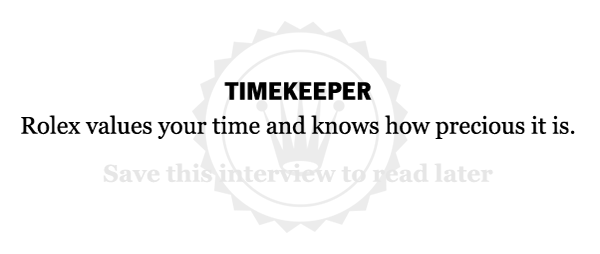
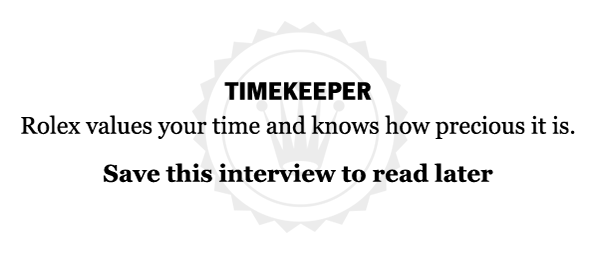
Short Profile
Name: Tomas Maier
DOB: 1957
Place of Birth: Pforzheim, Baden-Württemberg, Germany
Occupation: Fashion Designer
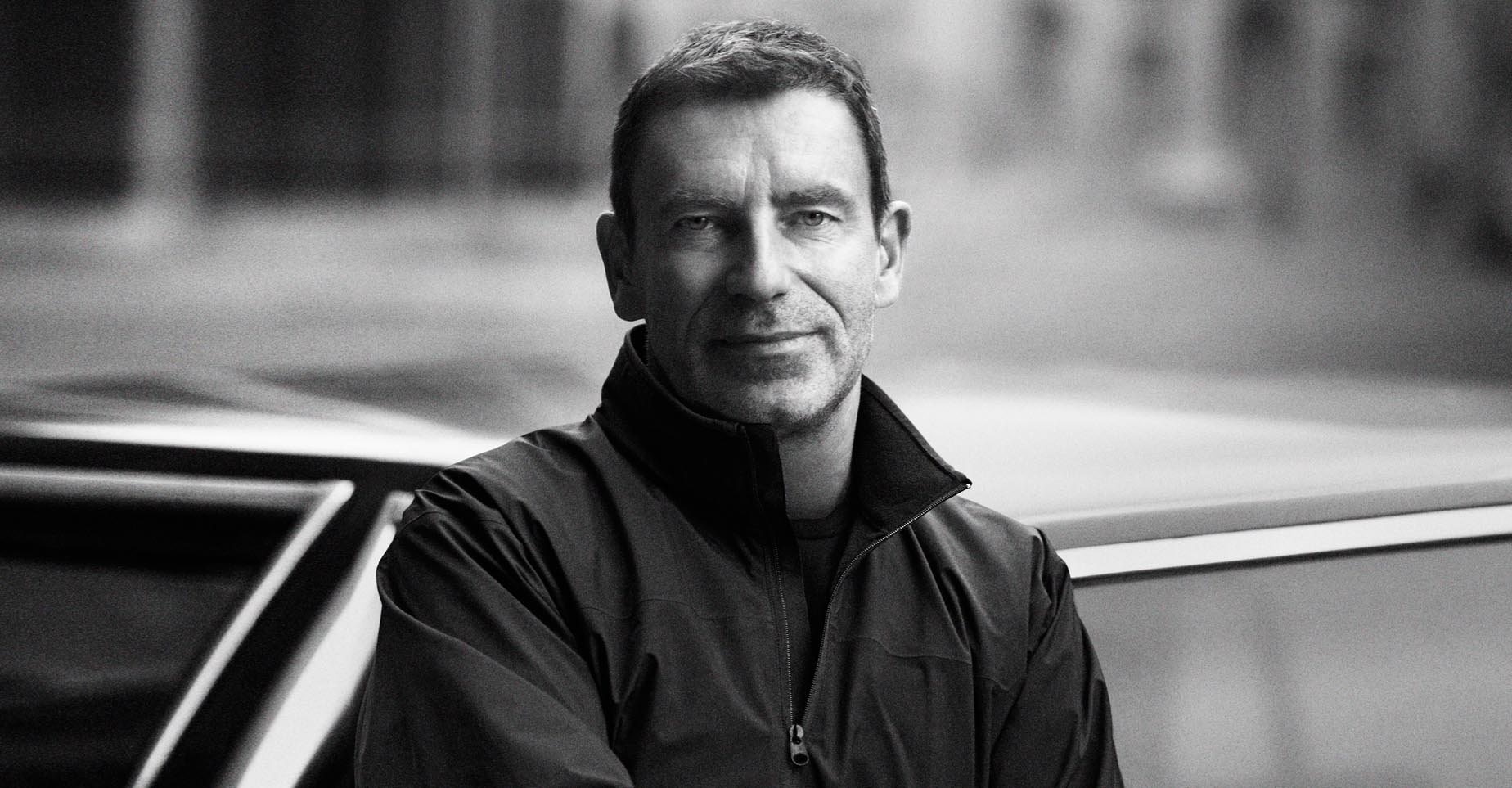

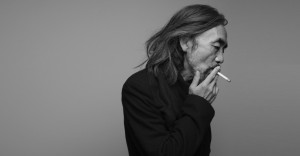
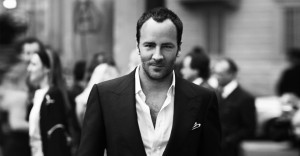

















Comments
write a comment, read comments